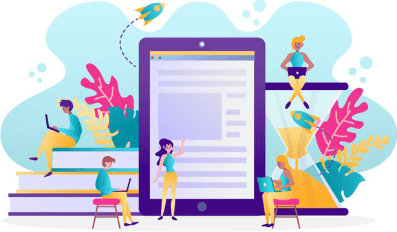Published on: June 11, 2025
LIQUID GLASS
LIQUID GLASS
CONTEXT
- Apple unveiled iOS 26 and Liquid Glass UI at WWDC 2025, amid global scrutiny on its AI strategy.
- There’s concern Apple is lagging in AI innovation, especially compared to Google, Microsoft, and OpenAI.
- Market analysts question Apple’s continued reliance on Siri, instead of a fresh AI rebuild.
- Comparisons are emerging with Nokia’s decline, suggesting Apple may be repeating similar missteps.
CONCEPT
- Liquid Glass UI: A redesigned, translucent interface reflecting surroundings, offering sleeker visuals and customizable icons.
- Apple Intelligence: The company’s AI ecosystem built on Siri, introduced in 2023, still lacks major breakthroughs.
- New features include Call Screening and Hold Assist, useful but not revolutionary.
- Apple uses differential privacy—relying on aggregate data instead of personal data—impacting AI model accuracy.
- This privacy-first approach hinders development of deeply personalized AI, unlike rivals using cloud-based, data-rich models.
- Apple’s AI struggles echo past failed projects like Apple TV and Apple Car, despite large R&D investments.
CURRENT
- iOS 26 introduces key UI and UX tweaks but no game-changing AI upgrade.
- Siri’s enhancements remain marginal, unlike Microsoft’s Copilot or Google Gemini.
- Apple’s choice to build on Siri rather than start fresh is seen as a strategic blunder.
- In contrast, Microsoft partnered early with OpenAI, integrating ChatGPT into its ecosystem.
- Apple now offers ChatGPT opt-in within Apple Intelligence, seen as a strategic compromise.
- Its Vision Pro headset, while innovative, is bulkier compared to newer AI glasses from Meta or Xiaomi.
- Meanwhile, OpenAI and Jony Ive’s collaboration for AI wearables may further challenge Apple.
- Apple holds a strong hardware base (1B iPhones) but risks irrelevance in the AI-first future.
- Apple’s competitors (Google, Meta, Chinese firms) are aggressively pursuing AI wearables and smart devices.
- Analysts warn Apple must shift from hardware-centric to AI-driven design to avoid a Nokia-style decline.

